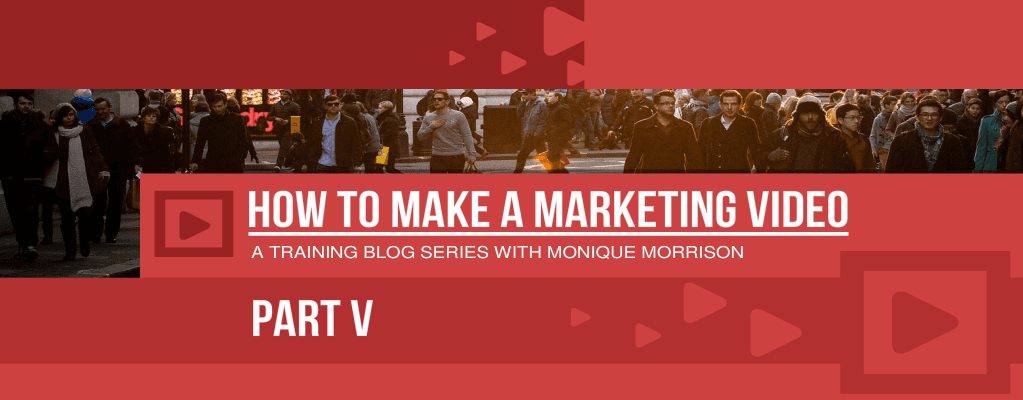How to Make a Video Part V: Distribution
Onto the Pulpit: Know Where to Distribute your Video
With your video edited, the final stage of making a marketing video is deciding how to distribute it. No one platform is best for all videos; instead, you should choose the distribution method that best suits your target audience. Because of the abundance of websites for uploading videos, the selection may seem daunting, but fret not; here is a guide to the primary choices available right now:
1. YouTube
The web titan is obviously the first thing that comes to mind. It boasts the highest number of viewers, as well as videos uploaded, and is undoubtedly the most popular video destination in the world. Uploading videos on YouTube is free and very simple, so it’s certainly a cost effective way to go. What's more, YouTube is owned by Google, so you are assured of its quality and features and perhaps even an influence in their search engine. YouTube channels also enable users to generate a fan-base and provide useful statistics. Lastly, YouTube allows ads and links to be placed on your videos. On the other hand, because of YouTube's large domain, your video might get lost amidst the millions of videos uploaded regularly. This means that your chances of standing out on this venue are not very high. YouTube is also infamous for the notorious comments left by viewers, and some businesses do not want to associate themselves with this. Nevertheless, because of its dominant standing, posting marketing videos on YouTube is almost obligatory. To expand your horizon though, you may cross-post in another portal and your website.
2. Vimeo
Vimeo is more selective with the videos they allow to be posted. The website shies away from television clips, video game footage, and music videos, and focuses on art and quality videos. This narrowed content aids in building a community that shares common interests and paves the way to creating long-term relationships with a common audience. The guidelines of Vimeo also strictly prohibit personal attacks and insults, so unlike with YouTube, there is almost no possibility of receiving crass comments. On the flip side, the focused content and numerous restrictions, including not allowing commercial content, might prevent your video from even being posted here. Also, because of their smaller audience, your video might not easily find viewership. Lastly, only the basic account, which allows 500MB of upload, is free; beyond that, you have to pay.
3. Metacafe
Metacafe promotes original, short-form video content, but they do get 40 million visitors monthly. Because of the short content (a Metacafe video averages only 90 seconds), full-length movies, television episodes, and news stories are not allowed. They're not as strict as Vimeo though; any kind of user is allowed to sign up, and the community of users can pretty much use the site how they want. The highest rated videos also get a cash reward, and they have a zero tolerance policy for defamatory material and comments. The downside of this site is its content limitation, both in length and genre. They also seem to focus more on video game content. Plus, compared to YouTube, their audience size is still relatively small.
These are just a few of the video platforms you can use. Remember, don’t limit your video’s audience by posting it in only one place. Make sure you also include your video on your website, as well as spread the word about your video through social media sites like Facebook and Twitter.
That’s it for the How to Make a Video blog series. We hope you found the tips useful and go on to make a viral video featuring your brand. If you have any questions or comments, feel free to leave them below. And, of course, if you’d like to meet with us, contact us and we’d be happy to work with you to create a video that makes sense for your brand and audience.
Interested in starting a project? Book a Consultation.
We'll talk about your business, its history, and goals. We'll get to know what you're hoping to achieve and your struggles. Next, we'll talk about potential solutions and how we can help you reach your goals.
Quick Links
Contact Us
Join the Newsletter
We will get back to you as soon as possible
Please try again later
All Rights Reserved | Jeronamo Solutions

